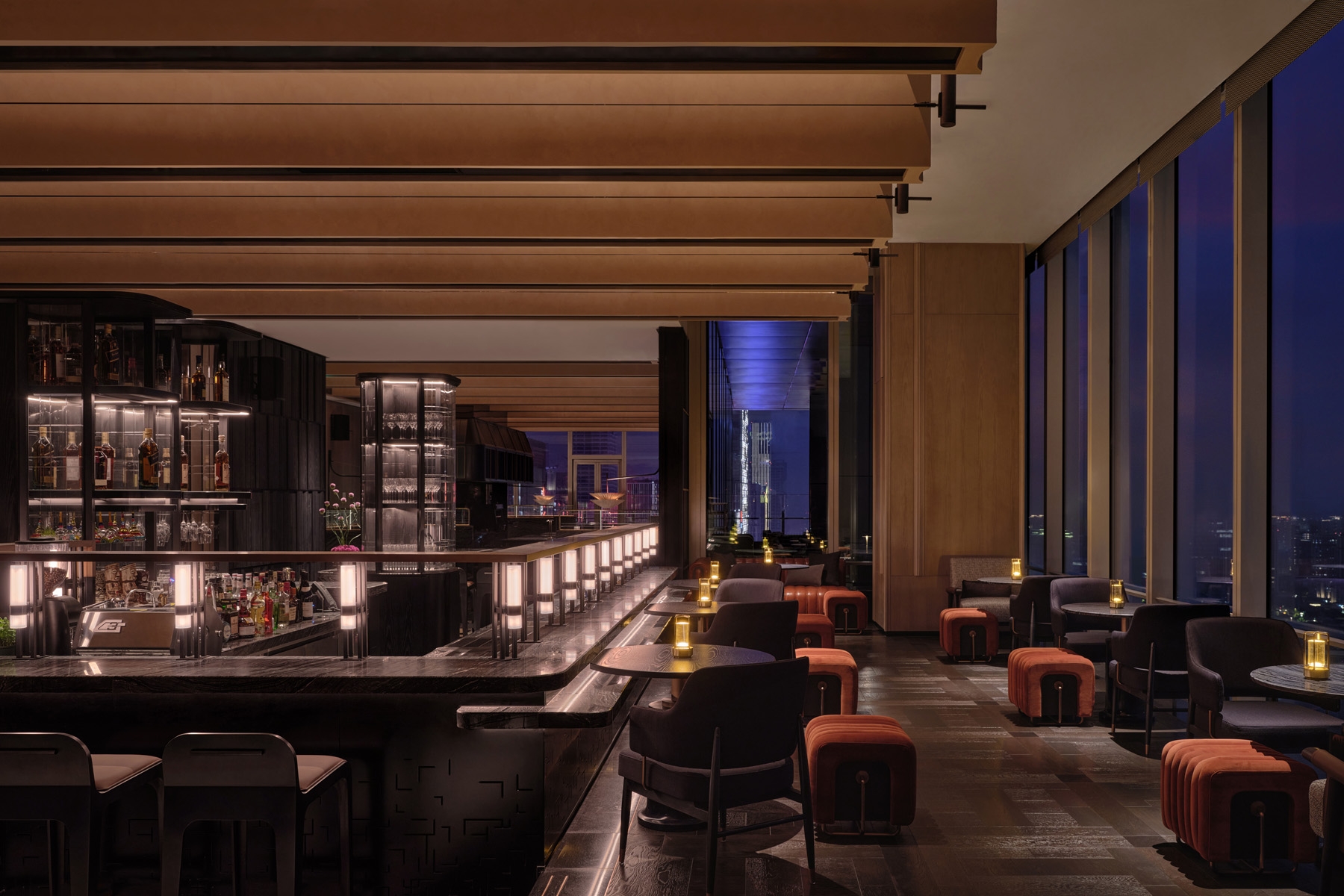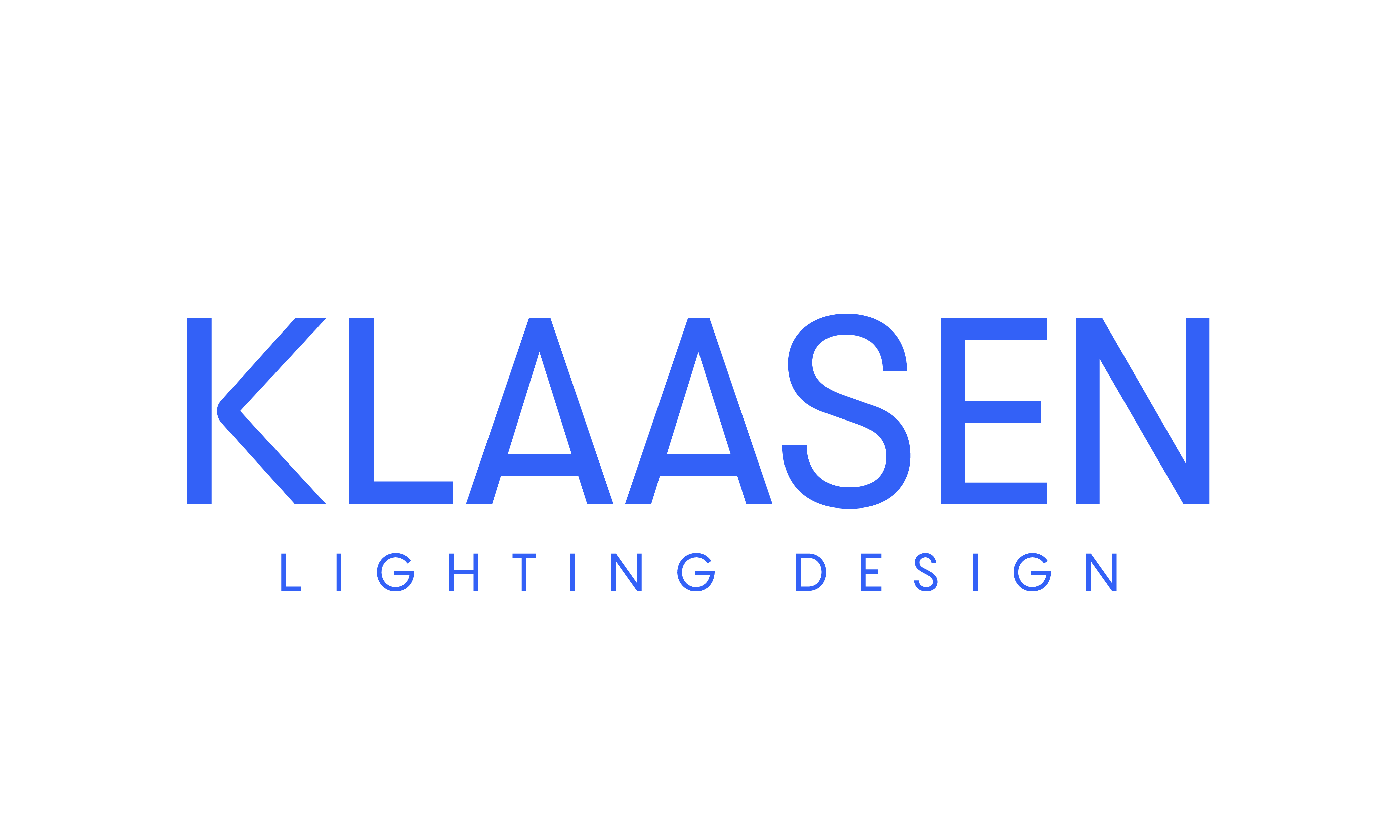Prize(s) Honorable Mentions
Lighting Design/Product Company Klaasen Lighting Design
Lead Designers Martin Klaasen
Other Designer's names Amanda Yap
Client Sun Hung Kai Properties
Photo Credits Andaz Nanjing Hexi
Other Credits Amanda Yap
Completion Date April 26, 2023
Project Location Nanjing, Jiangsu, China
Entry DescriptionNanjing was once a city where poets gathered to compose poems that evoked a luxurious past, and where the scholar official imperial examination center acted as a hub for the convergence and flourishing of different thoughts and opinions. Today, Andaz Nanjing pays homage to this history by celebrating the space in a manner similar to the scholar campus, creating a variety of spaces with a touch of localized Nanjing elements.
The lighting design at Andaz Nanjing plays a pivotal role in accentuating the concept of the hotel. The lighting within the hotel is carefully orchestrated to create an ambiance reminiscent of Nanjing's poetic and scholarly heritage. Warm, soft lighting fixtures are strategically integrated within the hotels architectural features, to evoke a sense of tranquility and elegance, much like the ambiance of a scholar's study during the Imperial examination era. The lighting subtly highlights localized Nanjing elements, such as traditional art pieces, allowing them to take center stage in the décor. The use of dimmable lights in communal spaces enables the transition from vibrant and energetic atmospheres during daytime activities to a more intimate and reflective mood in the evening, mirroring the dynamic shifts in thought and creativity that once thrived in the city's intellectual gatherings.
Sustainability ApproachEnergy efficiency was at the forethought of the design, with a lighting control system that ensures lighting is limited in it's use to when and where it is needed. Local task lighting allows the majority of the ambient light to be limited during after hours and low traffic times within the hotel. Circuiting was created in a way that also supports a reduction of the majority of the lighting to levels that are appropriate for basic task and circulation to ensure the safety of the guests while limiting the energy usage of the lights.


